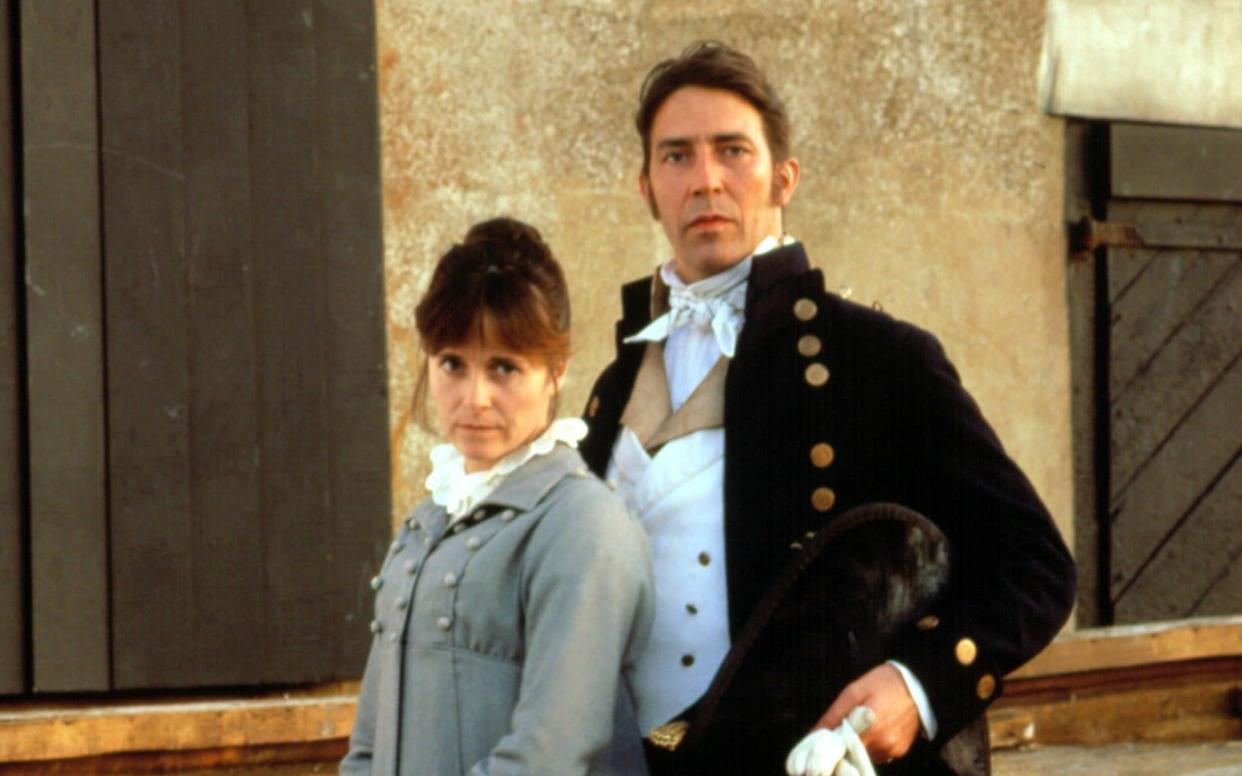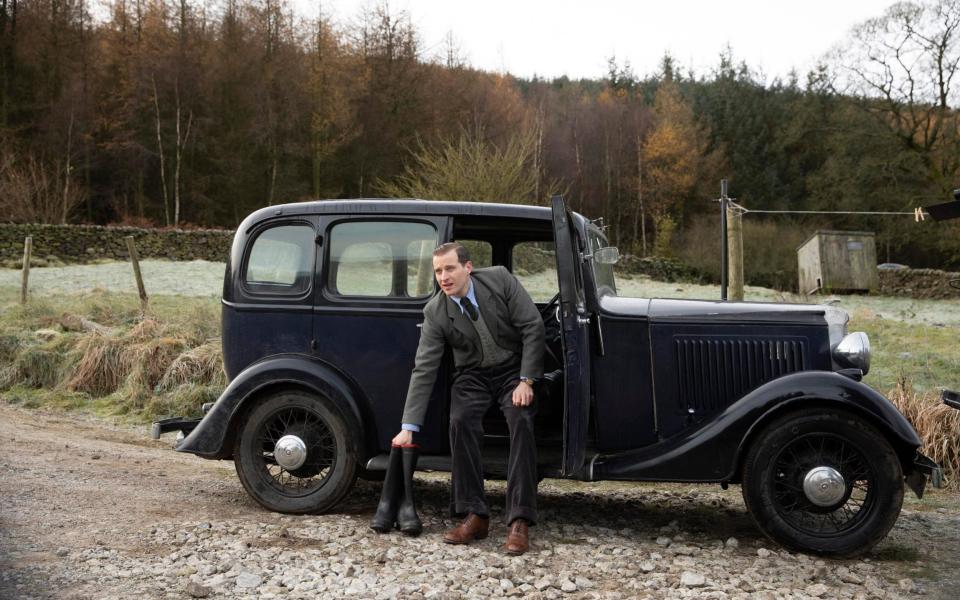Want to learn about history? Read fiction

Forget the Booker longlist: as I get older, I find myself more and more often wanting to escape the 21st-century mindset and take refuge in history. Contrarily enough, however, I find I’m reading fewer works by professional historians.
We are lucky enough to have innumerable historians writing today with great style and wit – and yet I can’t shake off the feeling that they get in the way of the past. It’s not just that historians all have their own prejudices and agendas. Reading a work of history can often feel like being taken round an art gallery by an unquenchably eager cicerone: yes, he or she may be hugely better-informed than I am, but sometimes I just want to form my own opinion about an artwork, make my own connection with it. And the literary equivalent is to turn to what scholars call primary sources – the fiction and poetry of past centuries.
Of course, I can spend many happy hours devouring a first-class work of history like David Kynaston’s Tales of a New Jerusalem, with its trolley-dash approach of bunging in as much detail as possible resulting in an unforgettable collage of post-war Britain. But if I really want a visceral sense of what it felt like to be alive in the Fifties – to feel that grey decade get into my bones like a chill – I’ll pick up Kingsley Amis’s Lucky Jim or Iris Murdoch’s Under the Net and live it vicariously through their downtrodden heroes Jim Dixon and Jake Donaghue.
If you want to see how people related to each other in Roman times, shelve Mary Beard and plunge into the poems of Horace (65-8 BC). “I was going along the Via Sacra,” one of them begins, “meditating on some trifle or other, as is my custom, and totally intent on it.” Horace’s peace is suddenly shattered when a fan recognises him. Two millennia melt away as the fan starts to behave with that combination of self-importance and celebrity obsession that is so prevalent on Twitter.
It could all be happening this morning as Horace tries to escape from the bore: “Wanting sadly to get away from him, sometimes I walked on apace, now and then I stopped, and whispered something to my boy.”
But wait a minute, says the modern reader: where did this boy come from? Horace gave every impression at the start of the poem that he was wandering lonely as a cloud.
You realise that Horace, accompanied on his walk by his slave boy, would have had a sense of being alone in another person’s company that it is difficult for us to understand today. The passage tells us something about the relationship between a master and slave that a historian would find difficult to encapsulate.
One of the pleasures of reading a period text is discovering the ways in which the author’s thoughts seem remarkably modern one minute and alien the next. Contemporary fictions of history can replicate this, but only in an ersatz way.
However witchily Hilary Mantel gets into the head of Thomas Cromwell, you can’t beat a book like Thomas Harman’s study of beggars, A Caveat for Common Cursitors (1566), for getting inside the Tudor mind. I particularly enjoy his interview with a “Walking Mort” – one of the prostitute-beggars who played on sympathies by pretending to be recently bereaved.
I recently read Tobias Smollett’s Humphry Clinker (1771) and was delighted to be met after only a couple of pages with a digression on the pleasure people take in their own flatulence, with reference to a Grand Duke of Tuscany who “was so delighted with that odour, that he caused the essence of ordure to be extracted, and used it as the most delicious perfume”.
That gives a flavour of the Viz magazine-esque sense of humour that characterised the 18th century and would be totally wiped out in a few decades as Victorian propriety came to hold sway. But it’s the fact that Smollett embarks on these digressive anecdotes at all that is most striking. As Martin Amis points out in his new book Inside Story, the “long, plotless, digressive, and essayistic novels” of the past have now been replaced by “the aerodynamic, the streamlined, accelerated novel”, a “literary response to [our] accelerated world”. A history book can tell you that the past was simpler and less hurried, but to read Smollett’s meandering narrative is to experience something of what that was actually like.

There is nothing like period fiction for showing you how people really lived, and crime novelists are especially good at this because they have to offset the melodrama of their plots by carefully grounding their books in contemporary reality. John Dickson Carr’s whodunnit He Who Whispers (1946) is a florid tale of a woman suspected of being a vampire, but it begins with an evocation of London immediately after the War which I always think of when I see pictures of VE Day jubilation: “People didn’t celebrate that victory hysterically, as for some reason or other the newspapers liked to make out. What the newsreels showed was only a bubble on the huge surface of the town … Most people were a little apathetic because they could not yet think of it as real.”
Nothing has ever brought home to me the speed of the communications revolution of the past half-century quite like reading Ruth Rendell’s A Demon in My View (1976), the plot of which centres on the fact that a man has to communicate with his secret lover by letter, because the only telephone in his block of flats is next to the door of his nosiest neighbour.
Beware, though, television adaptations of classic fiction. I enjoyed the new version of All Creatures Great and Small, but it seemed inevitable that when James Herriot met his future wife Helen for the first time she would be mastering a bull and not, as in the book, busy making bread. And in Herriot’s books Mrs Hall the housekeeper is not the éminence grise of the veterinary practice. It’s a distortion: showing us women as we like to think they would have been, not how they were.
One of the many problems with Andrew Davies’s wretched Sanditon was that the heroine had such decidedly modern views on the iniquity of slavery, whereas in Jane Austen’s Mansfield Park, for example, the characters have much more ambiguous feelings on the subject: they recognise its advantages even if they deplore its excesses.
And there should be a moratorium on Jane Austen characters kissing as a declaration of their love: it is no less anachronistic to have Anne Elliot and Captain Wentworth snogging in the street than to have them playing Fortnite. If we read Persuasion we cannot be left in any doubt of the strength of their love, but we are also in no doubt that their respect for custom and propriety is just as important to them.
That may be something that modern audiences find it difficult to relate to, but relatability is overrated in my view. Pick up a Penguin Classic and see what the past was really like, unmediated.

